The Big Island is an ecological marvel known for its extreme climatic diversity, making it a fascinating subject for travelers and environmental enthusiasts alike. This post aims to guide you through the unique climate zones of Hawaii’s Big Island, which range from lush rainforests to arid deserts and even snow-capped mountainous regions. Each climate zone houses a distinctive range of flora and fauna, further enhancing the island’s rich biodiversity. By gaining an understanding of these regions, you can better plan your travels, know what to expect, and fully appreciate the island’s multifaceted environmental offerings!
The Geographical Landscape Of Hawaii’s Big Island
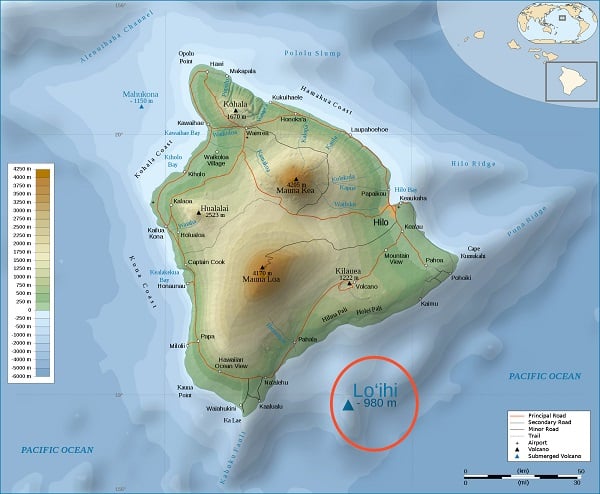
The Big Island’s climate diversity owes much to its remarkable geographical layout. The island features varying altitudes and topographies, with its two towering volcanoes, Mauna Kea and Mauna Loa, significantly influencing the climatic conditions. As the elevation increases, the temperature decreases, resulting in cooler climates at higher altitudes. This geographical variance plays a significant role in shaping the island’s climate zones and contributes to its biodiversity.
Understanding the link between the island’s geography and its climate is crucial to grasping the complexity of its ecosystems. The windward (eastern) side of the island, heavily influenced by the Pacific tradewinds, is characterized by higher rainfall, fostering lush rainforests. In contrast, the leeward (western) side, shielded by the volcanoes, receives less rainfall, creating semi-arid and arid conditions. These varying climates within a relatively small geographical area make the Big Island a unique ecological entity.
The Role Of Trade Winds In Hawaii’s Climate
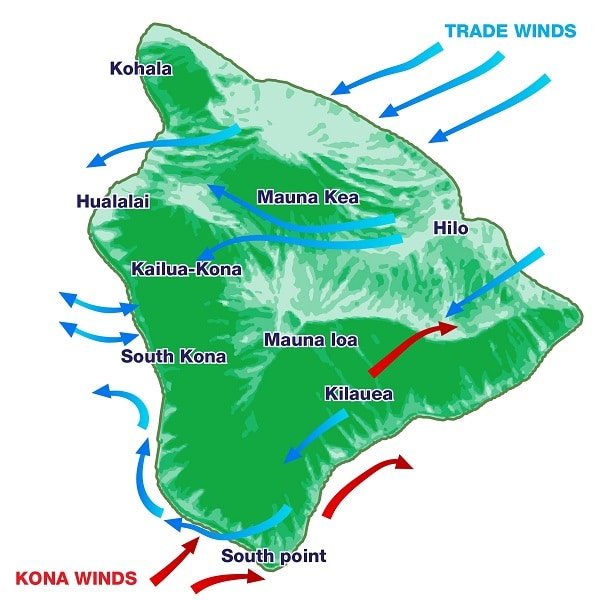
Trade winds are a critical aspect of Hawaii’s weather patterns, primarily affecting the distribution of rainfall across the island. Originating from the northeast, these winds pick up moisture as they travel over the ocean, depositing it as they hit land. The Big Island’s significant elevation obstructs these winds, resulting in heavier rainfall on the windward side, which creates distinctly different climates on the east and west coasts.
The contrast between the windward and leeward sides of the island is evident in their respective landscapes and ecosystems. The windward side is characterized by lush green vegetation and tropical rainforests due to abundant rainfall. Conversely, the leeward side, which receives considerably less rain, features semi-arid zones, grasslands, and even desert-like conditions in some parts. These differences further emphasize the influence of trade winds on the island’s climate zones.
Rainforests And Tropical Climates

Hawaii’s tropical rainforest climate zone, predominantly found on the windward side, is a nature lover’s paradise. Known for high rainfall and consistent temperatures, this zone is a hotspot of biodiversity. The lush greenery, coupled with the humidity, creates an environment that nurtures a wide variety of plant and animal species. These forests are home to many native Hawaiian species, some of which are found nowhere else in the world.
If you plan to explore this zone, there are numerous sites of interest, each offering unique experiences. For instance, you might visit the Hawaii Volcanoes National Park, known for its tropical rainforests and active volcanoes, or perhaps the Akaka Falls State Park, home to one of Hawaii’s most famous waterfalls. The best time to visit these areas is typically in the summer months when the rainfall is slightly less, making your exploration of the region a bit more comfortable.
Warm Temperate Zones: A Touch Of The Mainland

The Warm Temperate Zone on Hawaii’s Big Island offers a striking contrast to the tropical rainforests. This climate zone, characterized by moderate rainfall and temperatures, boasts a diverse array of plant and animal life. Located at slightly higher elevations, these regions experience cooler temperatures than the coastal areas, providing a refreshing change for travelers. The vegetation in these areas typically includes a mix of grasslands and forests, often dominated by eucalyptus and ohia trees.
There are numerous places of interest within this climate zone, perfect for hiking, bird watching, or simply appreciating the scenic beauty. A visit to the Hamakua Coast can provide a stunning drive with panoramic views. At the same time, a trip to the Pua’a Ka’a State Wayside Park offers picnic spots with cascading waterfalls and a chance to spot some local wildlife. Regardless of your preference, the Warm Temperate Zone offers a touch of mainland-like climate amid the tropical island setting.
Arid And Semi-Arid Zones: Desert in Paradise

The Arid and Semi-Arid Zones of the Big Island may seem out of place in a tropical paradise, but they contribute significantly to the island’s ecological diversity. These zones, predominantly located on the island’s leeward side, are characterized by low rainfall and high temperatures, fostering unique landscapes that starkly contrast the rainforests on the windward side. These regions host a variety of desert-adapted flora and fauna, offering an entirely different experience for visitors.
In these zones, travelers can explore black sand beaches, such as those at Punalu’u Beach Park or the volcanic landscapes of Mauna Loa and Kilauea in Hawaii Volcanoes National Park. The Pu’uhonua O Hōnaunau National Historical Park, also known as the City of Refuge, provides a glimpse into ancient Hawaiian culture amid a dry, arid backdrop. A trip to these zones will challenge your perception of Hawaii being solely a tropical paradise.
Alpine And Subalpine Zones: Hawaii’s High Altitude Surprise
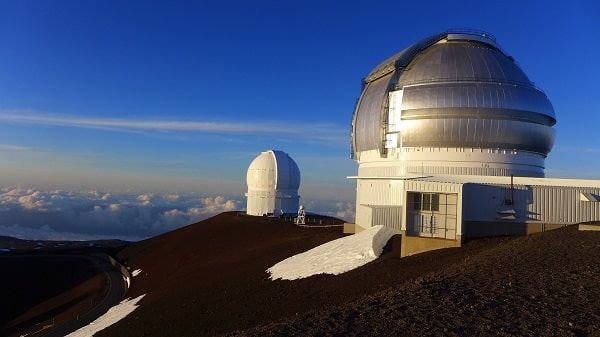
The Alpine and Subalpine Zones represent another climatic surprise on the Big Island. Located at high elevations on the Mauna Kea and Mauna Loa volcanoes, these zones experience low temperatures and even snowfall during winter months. The cooler temperatures and harsh conditions host unique flora and fauna that have adapted to survive these challenging environments, like the endangered silversword plant and the Hawaiian goose or ‘nene’.
For those seeking adventure, these zones offer a chance to stargaze at the Mauna Kea Observatories or hike the slopes of the Mauna Loa volcano. Keep in mind that these areas require special preparation due to the cold temperatures and high altitudes, including warm clothing and necessary precautions for altitude sickness. Despite the challenges, visiting these zones offers an unexpected and rewarding experience.
Monsoon Climate: Hawaii’s Rainy Secret
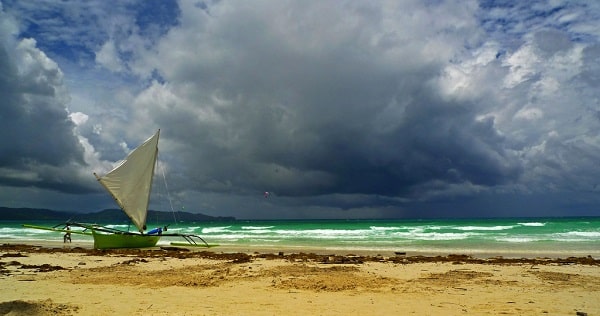
The Monsoon Climate Zone is another fascinating aspect of Hawaii’s Big Island. Primarily occurring in the lower windward areas during the summer months, this climate zone is characterized by heavy afternoon rainfall following morning sunshine. This unique weather pattern significantly influences the local ecosystem, supporting a diverse range of plant and animal species.
Navigating the Monsoon Climate Zone can be a unique experience for travelers. The sudden shift from sunny to rainy conditions can be quite a spectacle, providing excellent opportunities for photography. This weather pattern also contributes to the lush green landscapes that make this zone a nature lover’s paradise. However, proper planning is needed to ensure that afternoon showers don’t hamper outdoor activities.
Perpetual Wet Zone: The Wettest Place In Hawaii
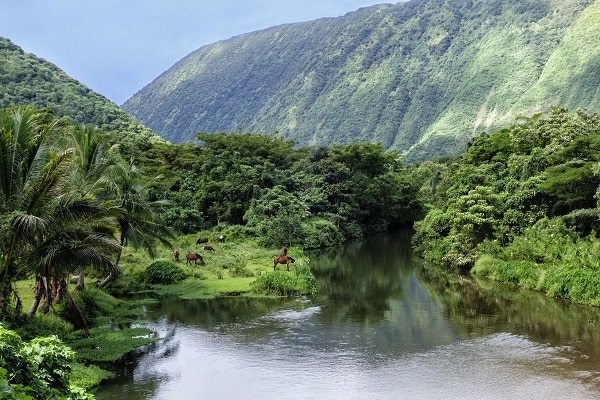
On the windward slopes of Mauna Kea and Mauna Loa lies the Perpetual Wet Zone, known as one of the wettest places in Hawaii. This climate zone is characterized by heavy and consistent rainfall throughout the year, leading to the creation of lush and dense rainforests. The constant supply of water in this zone supports a wide array of tropical plants and unique wildlife, some of which are endemic to Hawaii.
For the adventure-minded traveler, a journey through the Perpetual Wet Zone provides a thrilling experience. The rain-soaked landscapes, filled with cascading waterfalls and rich biodiversity, offer fantastic opportunities for hiking and nature photography. However, remember to bring appropriate rain gear as this region can be unpredictably wet. The Waipio Valley and the Hawaii Tropical Botanical Garden are some of the must-visit locations within this zone.
Tips For Travelers: Navigating The Climate Zones
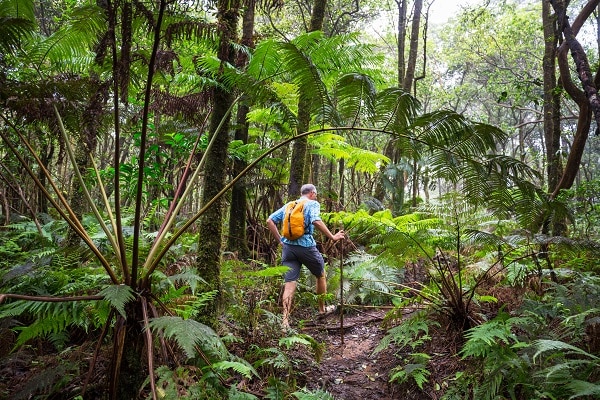
The Big Island of Hawaii is an exciting exploration ground that offers a variety of climates, each providing unique experiences and challenges. Whether you are planning to bask in the tropical sun, hike through lush rainforests, or scale the snow-capped peaks, understanding the climate zones will help enhance your travel experience. Adequate preparation is crucial, from bringing the proper attire for different weather conditions to being aware of safety guidelines for each zone.
Maintaining a respectful approach toward the environment is also essential. This includes adhering to the principles of leaving no trace, respecting wildlife, and contributing to local conservation efforts where possible. By doing so, you’ll not only ensure a memorable experience for yourself but also help preserve these unique climate zones for future generations.
Having Fun Exploring The Climate Zones Of Hawaii’s Big Island!
From the lush rainforests and arid deserts to the snowy peaks, Hawaii’s Big Island offers a climatic journey like no other. Navigating through these distinct climate zones, each with its unique ecosystem, provides a profound understanding of the island’s rich biodiversity. By appreciating and respecting these varied environments, you can enjoy a more fulfilling travel experience while also contributing to the conservation of these delicate ecosystems. May this guide aid in your exploration, helping you create lasting memories and a deeper appreciation for the planet’s incredible diversity!
